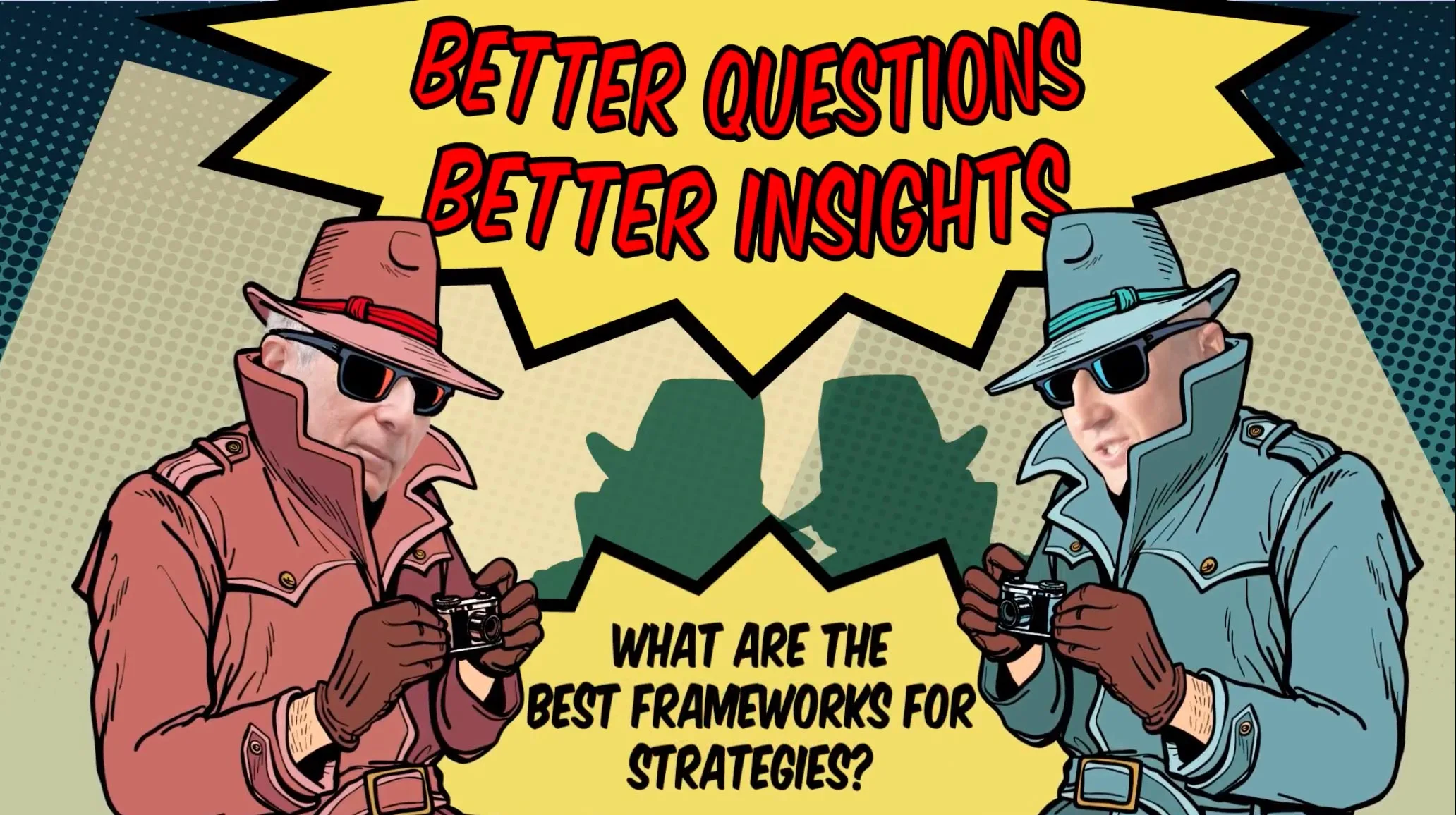No matter how far-reaching a leader’s vision may be, the reality is that transforming organisations is a difficult and arduous task. Many businesses today are so deeply rooted in operational efficiency and stability that they continue to struggle with how to effectively manage and sustain change.
Changing proactively often never happens at will, and many leaders find that it takes more than a vision to drive transformation throughout the entire organisation. Most of the time, culture also plays a big role in the success of organisational change management.
Why Most Change Initiatives Never Take Flight
According to PwCs survey of global senior leaders and management, only 54% of change initiatives are successful.
Why? Because the management is initiating too many ideas all at once without the right strategy in place.
More than initiating the change, what’s particularly important is having the will to sustain it to drive actual results.
In a time when companies invest so much on change initiatives, this is a problem that can lead to wasted time and resources that can impact the bottom line.
Change fatigue is a common bottleneck when leaders manage change. This happens when organisations are made to transition too much in a short amount of time. Without a strategy in place, change initiatives may be rolled out too fast or not planned through.
This makes it even more difficult to get your employees to adhere to new propositions. As a result, the entire organisation loses the ability to sustain this change.
Even fairly common is leaders lacking the essential skills needed to help see the change through to completion. To overcome this, leaders need to invest in process improvements, design, and training to enforce a better approach to how new initiatives are rolled out such as process design, implementation, and staff training.
This ensures everyone in the company has the right support and training to understand why the change is happening and are equipped with any additional skills they may need.
To effectively lead and sustain change, keep in mind the following change management principles.
Set the Direction
Find bright spots
Too often, people often start with identifying the negatives. But the truth is, if you are leading change, you need to start at what’s working — in terms of people, processes, campaigns, or the different departments.
Change initiatives can be difficult. This is why it’s important to first find, acknowledge, and celebrate old initiatives that have been working well for your organisation before introducing new ones.
Celebrating successes and milestones in the past breathes life into your organisation, which inspires your employees to continue to contribute and participate in any new and future initiatives that you’ll need to raise.
Prioritise change initiatives
The key to a successful change initiative is to not do it all at once. When you have no strategy in place, it is easy for your internal teams to miss the mark altogether. Prioritise and outline the change in manageable phases and timelines. Don’t change everything all at once, and don’t be too fast.
One of the common complaints in organisational change management is for teams feeling cornered or rushed into migrating to new systems and processes that they don’t fully understand in the first place.
Prioritising change initiatives ensures that the best ones are launched at the right time to ensure it brings out the most positive impact on the organisation. Some factors you can consider in identifying change initiatives vary depending on the criteria by which your organisation finds important. This can impact your revenue and ROI, profitability, the cost to implement, etc.
Set black-and-white goals
Self-control loves a loophole. So you need to be specific in the outcomes you want and, more importantly, you need to be specific in how you frame it.
As a supplement to identifying the most important factors and criteria in your change initiatives, it’s also equally important to set the benchmarks for success.
Each measurement is important in identifying not only the success but the progress as well of your operational change initiatives. If progress cannot be measured, then there’s no point at all in assimilating the change.
At Step Change, we always encourage our clients to frame their goals as “verb X [current state] to Y [future state] by when [date]”.
Motivate and Equip
Identify blind spots and capabilities gaps
To effectively manage change, it is crucial for top leadership to fully understand the change program. This entails looking into potential issues that may rise up and having a contingency plan, making sure there’s a way to get past major bottlenecks that could hinder the success of the program.
By identifying the blind spots and the gaps that need to be addressed ahead of time, you can motivate and equip your team about the need for change.
The best way to do this is to get different perspectives from the outside. This means conducting interviews and assessing capabilities.
Find the feeling
Many change initiatives are only ever fully adopted half the time. The best way to ensure success in getting your people to embrace change initiatives and actually apply them is by first keeping in mind that people make emotional decisions. As with all change initiatives in organisations, you’re dealing with people; if you don’t attend to their emotional needs, you’re not going to be successful.
Many companies fail to think of culture as an important factor in their business model or incorporate it into their strategy to achieve far-reaching results when initiating change. But your organisation’s emotional commitment is heavily influenced by culture, and without it, sustainability is difficult to achieve.
Build identity
Another key way to ensure the success of your change initiatives is by building an identity according to the kind of environment you want to establish moving forward.
To do this, you need to to be guided by a set of core traits or ways of being and working that you can look to develop in every one of your team members. Having these traits to go back to helps you align everyone in your team in terms of how you develop and realign to meet the demands of your change initiatives.
Read about the 6 things about culture that no one has probably told you.
Working with your company’s culture to change critical behaviours has a much higher chance of driving success through completion.
In leading change initiatives, CEOs need to harness the strength of their organisation’s culture to help build momentum and sustain change in the long run. Using this approach influences how fast initiatives are assimilated to the rest of the organisation, which increases the chance of success and leads to better efficiency and sustainability.
Build a growth mindset
One thing that’s critically important in motivating employees to support your change initiatives is by building a growth mindset. In one of her TED talks, Carol Dweck talked about the importance of establishing the power to believe that you can improve. This study is applicable to managing change in organisations.
Rather than focus on your team’s capacity to fail in adapting to change, it’s important for your team to realise if they are in a learning curve so as to establish a progress pathway.
Some change initiatives may take longer than others to implement, and that’s okay. Your team needs to feel that they will be supported throughout the process. This way, team members who may be slow to adapt can find solace knowing that they will be supported either way even if it takes them longer than others.
Cascade and Support
Change the environment
How you deal with change is instrumental to your success and the same holds true for your organisations. You can help your organisation to fully support change by being at CAUSE. I shared this on stage in a presentation about sustaining change to the Australian College of Nursing.
- C - Clear - Be clear on what success in your organisation looks like
- A - Authenticity - Model the pathway
- U - You - Do it for you
- S - Success - Think of success as keystone habits
- E - Environment - This has the greatest determination of your success
Find out more about how to sustain change through this series.
Rally the herd
As leaders, it is important to be visible in the forefront where people know who to turn to when the unexpected happens. Doing this creates an atmosphere of trust, where people know that someone is accountable and can steer from the helm.
It also means encouraging your people to have personal adoption and accountability. When working on projects to deliver results for our clients, my team and I practice the RASCI system. This helps define your team’s roles in the initiative and get things done. You have probably read of it in one of our articles.
- Responsible - the person in charge of the execution of the project
- Accountable - a senior person in the team who has the final sign-off on the project, budget, and scope
- Support - a number of people who help get things done
- Consult - a member of the team who has the expertise
- Inform - the stakeholders who need to be kept abreast
Conclusion
Change cannot happen without the fluidity of leaders who need to be able to recognise the need for change and enact the change through completion.
When change efforts go awry, costs can pile high and can lead to disengaged employees, lost opportunities, and wasted resources. In a time when transformation is critical to an organisation’s growth, the ability to manage change effectively is crucial to long-term success.
















